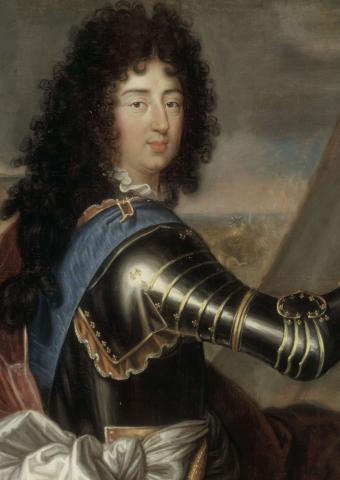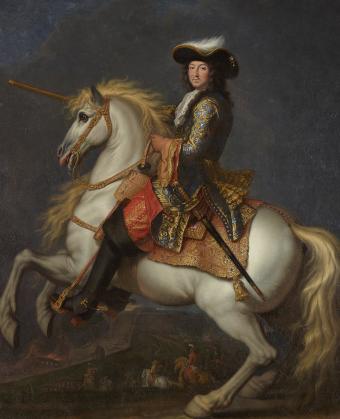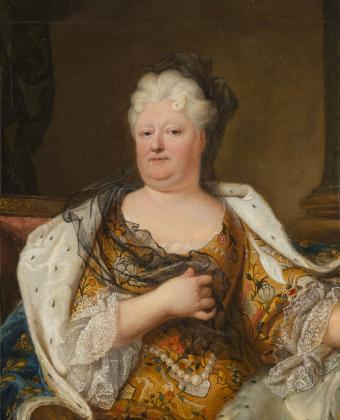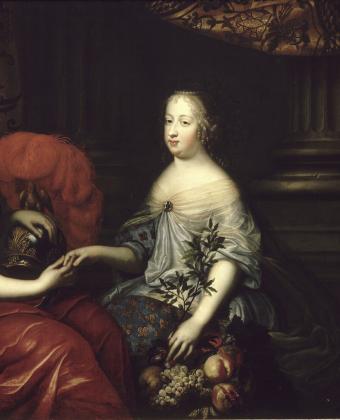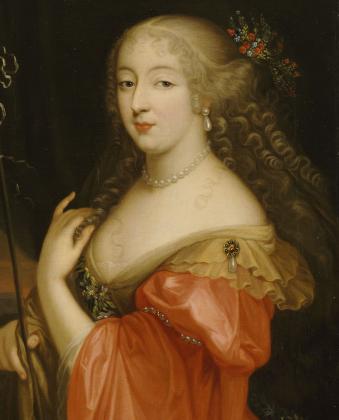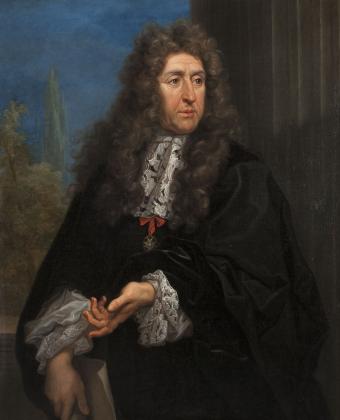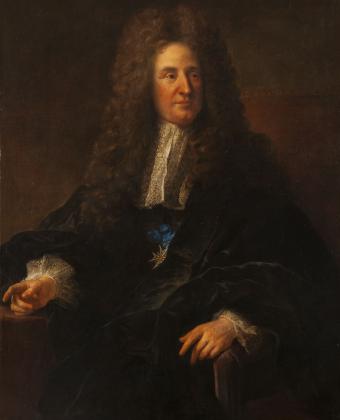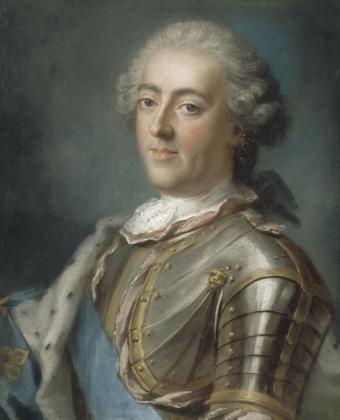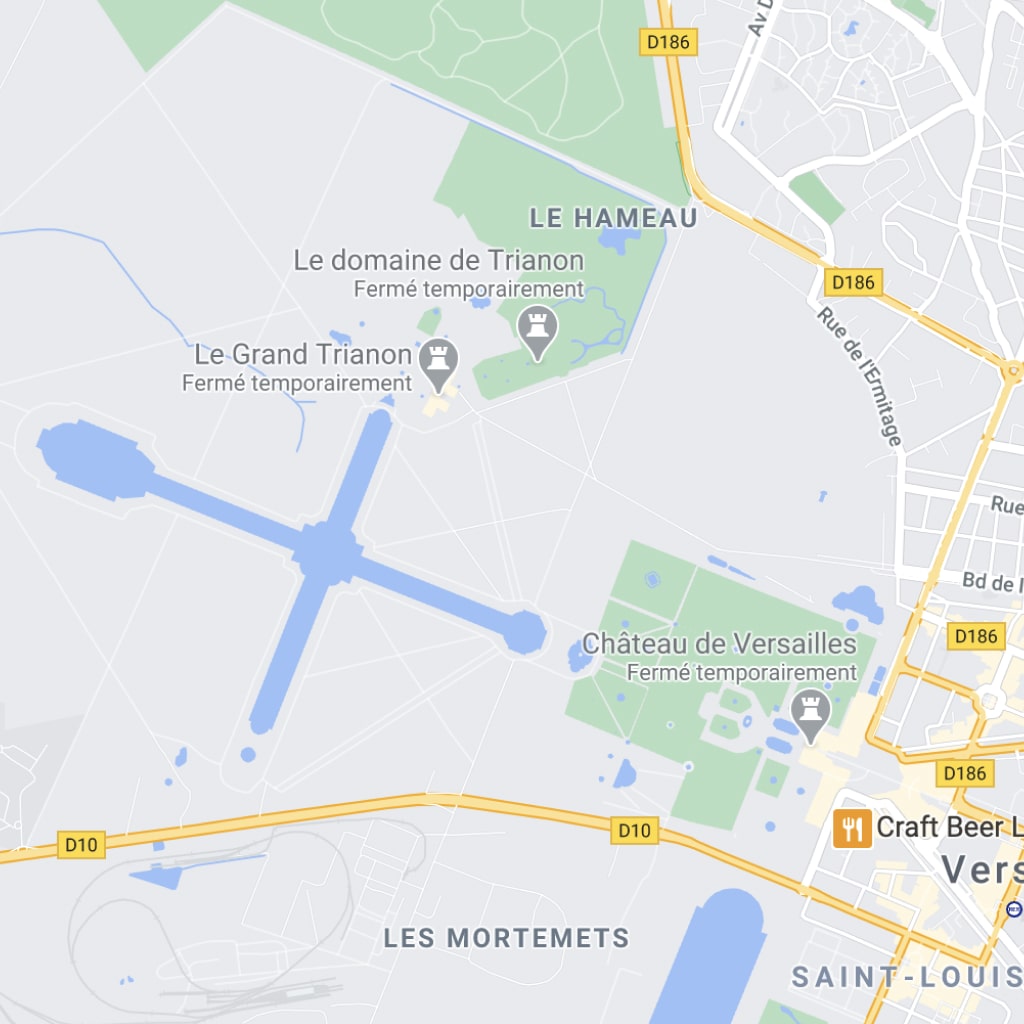Philippe de France was initially known as “Petit Monsieur”, a title used under the Ancien Régime to refer to the younger brother of the king, and to avoid confusion with the brother of Louis XIII, Gaston, Duke of Orléans, known as “Grand Monsieur”. Upon the death of the latter in 1660 Philippe’s title was revised to simply “Monsieur” and he became, at the age of 20, the head of the Orléans dynasty.
Eleven years later, in 1671, after the death of his first wife Henrietta of England, Louis XIV forced his brother to marry Princess Elisabeth Charlotte, Madame Palatine. They had three children, including future regent Philippe II, Duke of Orleans and Mademoiselle de Chartres.
A great fan of effeminate clothing and extravagant outfits, surrounded by male favourites and given to what was euphemistically termed the “Italian vice”, Philippe de France was kept at a safe distance from political matters by the king, who did not approve of his behaviour.
He nonetheless scored a brilliant victory over William of Orange at the Battle of Cassel on 11th April 1677, one of the defining engagements of the Franco-Dutch War.
More at home in Paris than at Versailles, Monsieur divided his time between his château in Saint-Cloud and Palais-Royal in the heart of the capital, eschewing the royal court – but not before he had introduced Molière and his theatre company. His château was considered an “alternative Versailles”. The gardens, designed by Le Nôtre, and the state apartments, painted by Mignard, rivalled those of Louis XIV. Philippe died at Saint-Cloud in 1701. His relationship with his brother had always been a complex one, but they shared a deep fraternal affection.



